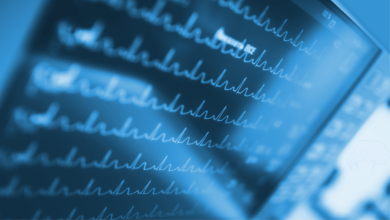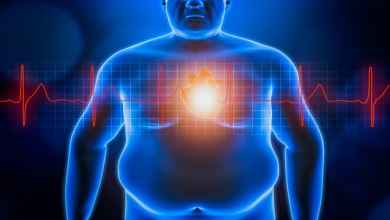Search results
Tilt-Testing for Syncope
Author(s):
P Boon Lim
,
Afzal Sohaib
Start date:
Jan 16, 2020
Broadcast
Author(s):
Richard Sutton
Added:
3 years ago
Syncope in a patient with a pacemaker commands urgent action to ascertain its cause and provide appropriate treatment. This is a well accepted statement but the field has evolved in recent years and, strangely, has received little attention.
Many considerations bear on this issue. First, syncope in pacemaker patients is not common but may be more so than generally considered. The lack of…
View more
Cardiac Pacing in Reflex Syncope
Author(s):
Marco Tomaino
,
Vincenzo Russo
,
Daniele Giacopelli
,
et al
Added:
2 years ago
Article
Author(s):
Melani Sotiriadou
,
Antonios P Antoniadis
,
Nikolaos Fragakis
,
et al
Added:
2 years ago
Pacing for Vasovagal Syncope
Author(s):
Rakesh Gopinathannair
,
Benjamin C Salgado
,
Brian Olshansky
Added:
3 years ago
Article
Author(s):
Satish Raj
,
Robert Sheldon
Added:
3 years ago
Syncope and palpitations are two common clinical presentations, and both pose difficulties in the approach to their management. They are both symptoms of a number of syndromes, and an efficient approach with targeted therapy is challenging. Cardiac arrhythmia specialists, who lack a compact and accessible guide to management, see many patients with these symptoms in consultation. Recognising this…
View more
Author(s):
Mark E Josephson
Added:
3 years ago
In patients with syncope or episodes of palpitations and heart disease, an electrophysiology study (EPS) may be of value by means of potential induction of sustained ventricular tachyarrhythmias.1,2 Programmed ventricular stimulation may be useful in the context of risk stratification of ischaemic patients with left ventricular ejection fraction (LVEF) 30–40 %, and there has been some evidence…
View more
Unmasking Adenosine
Author(s):
Gareth DK Matthews
,
Andrew Grace
Added:
3 years ago
Article
Author(s):
Justin Hayase
,
Duc H Do
,
Noel G Boyle
Added:
3 years ago
The ICD is an important therapy for both primary and secondary prevention of sudden cardiac death in selected patients. The role for defibrillation threshold (DFT) testing either intraoperatively or postoperatively has changed significantly over the past few decades, and it is no longer routinely recommended in patients undergoing left-sided transvenous ICD implantation.1–7 The definition of the…
View more















